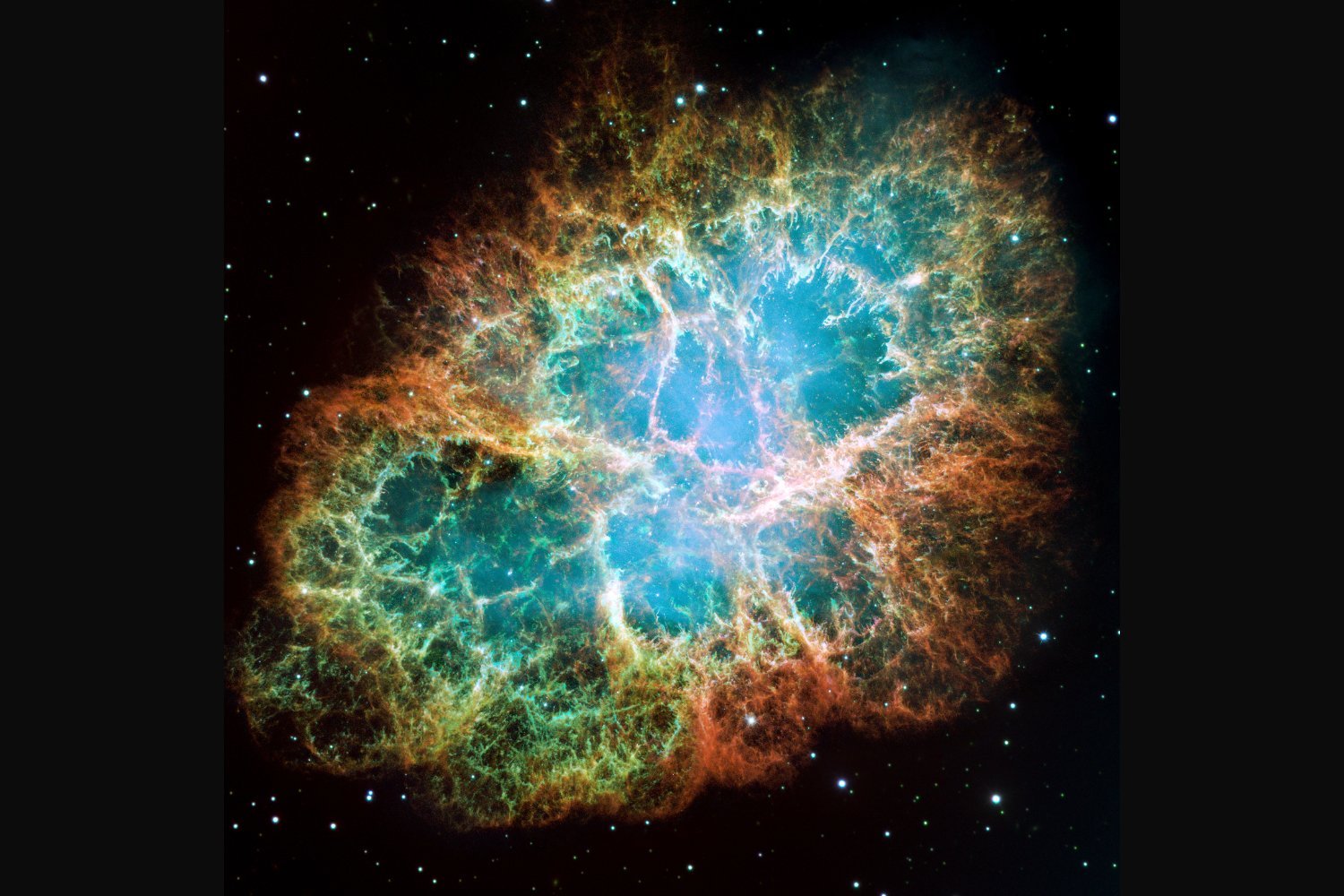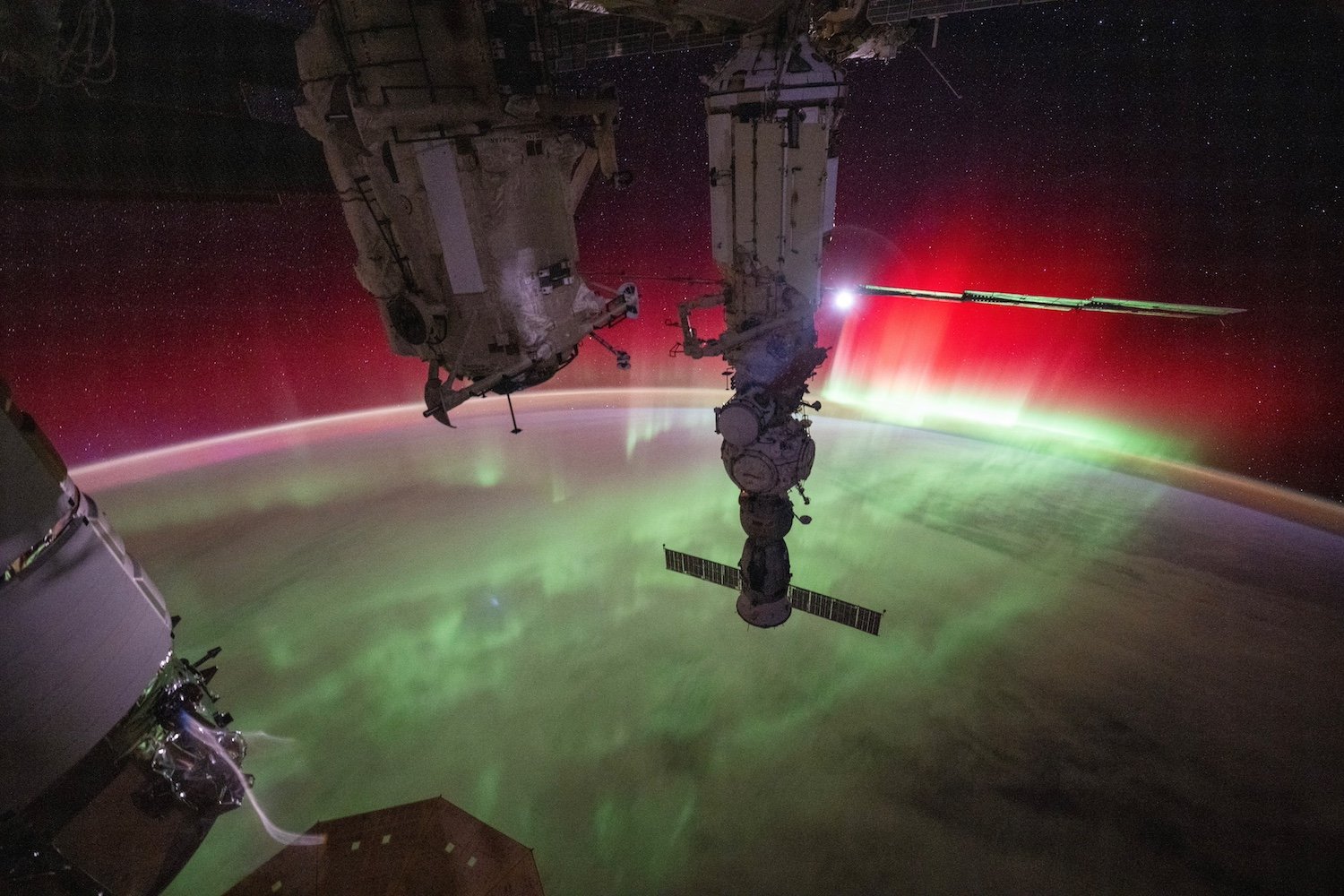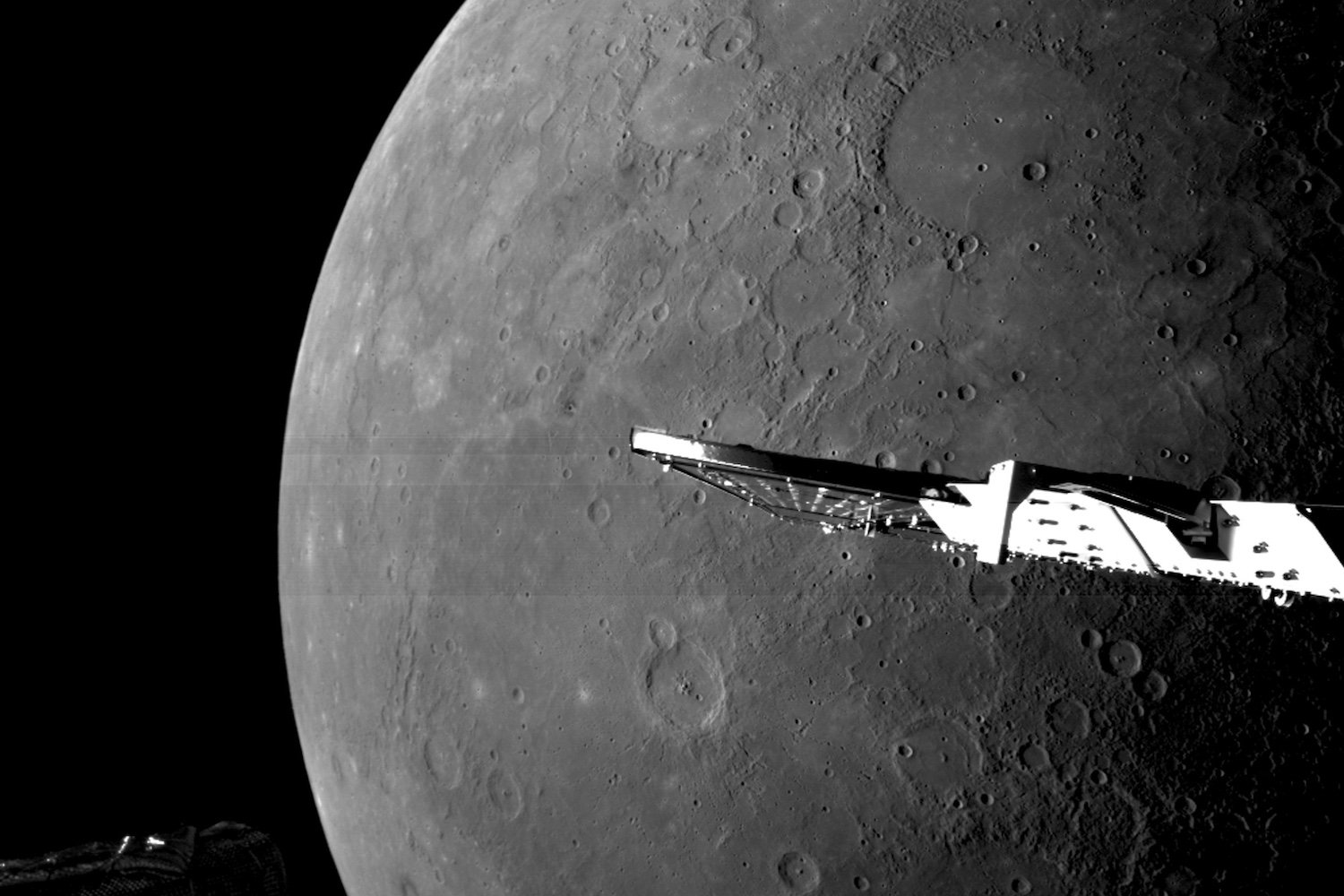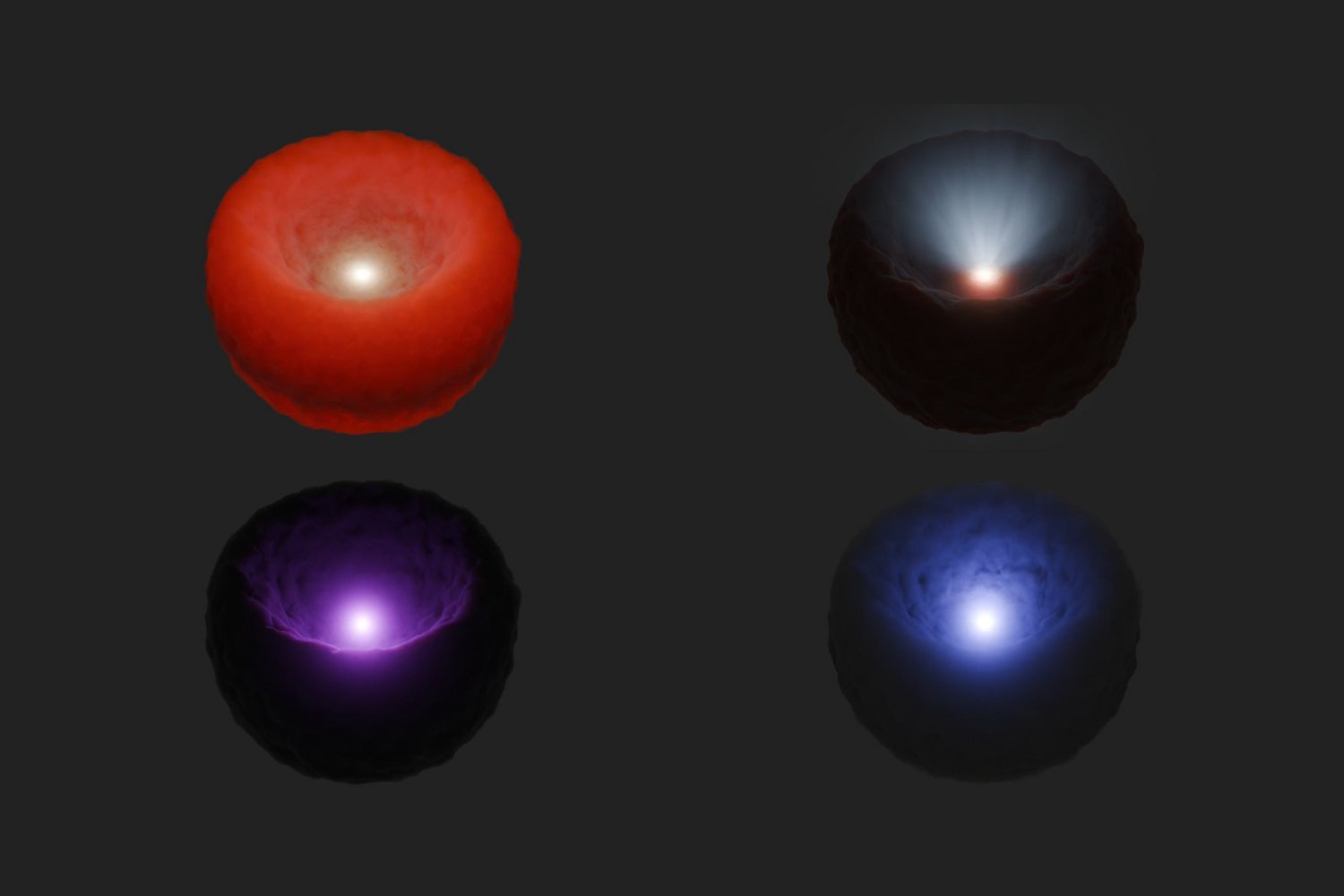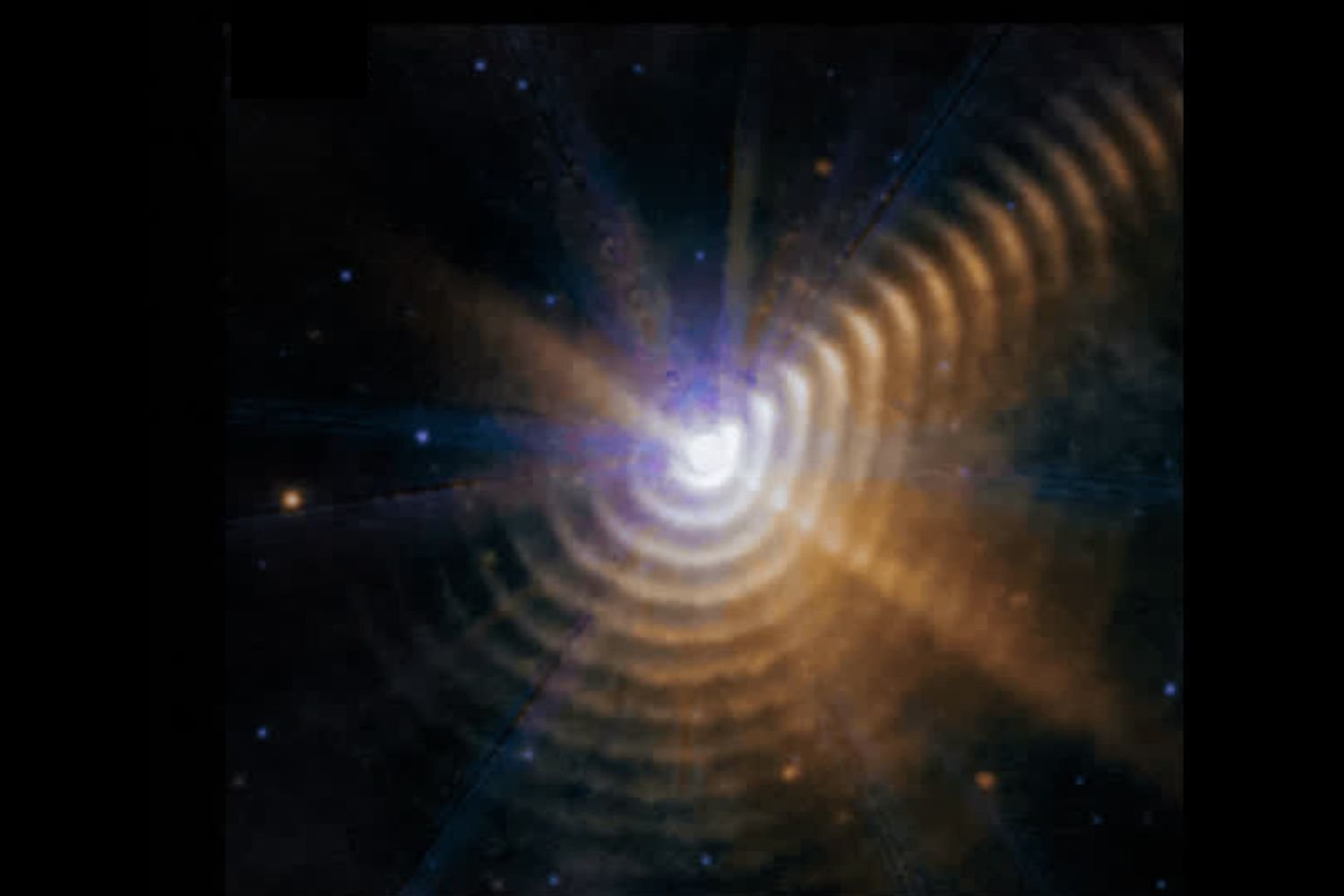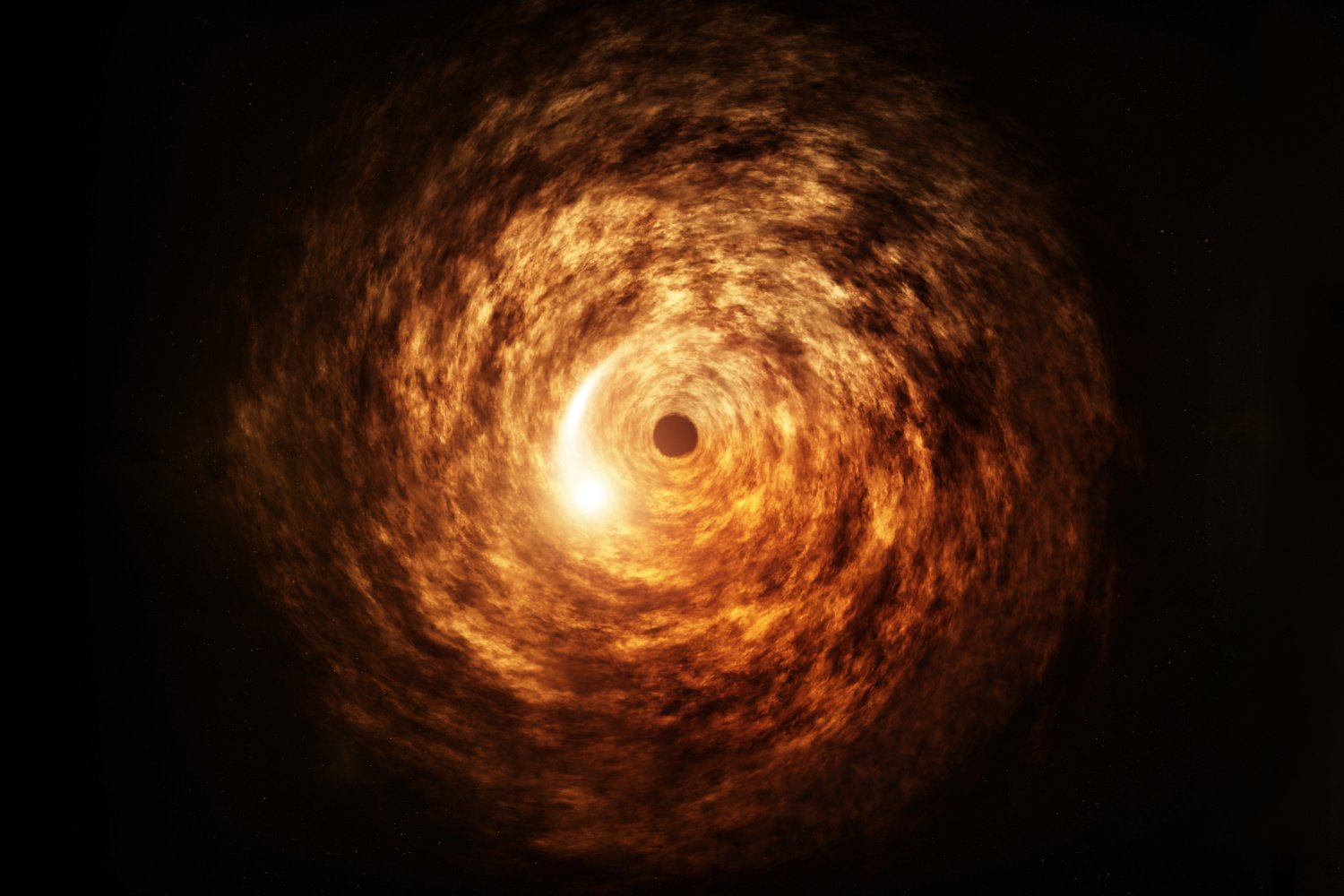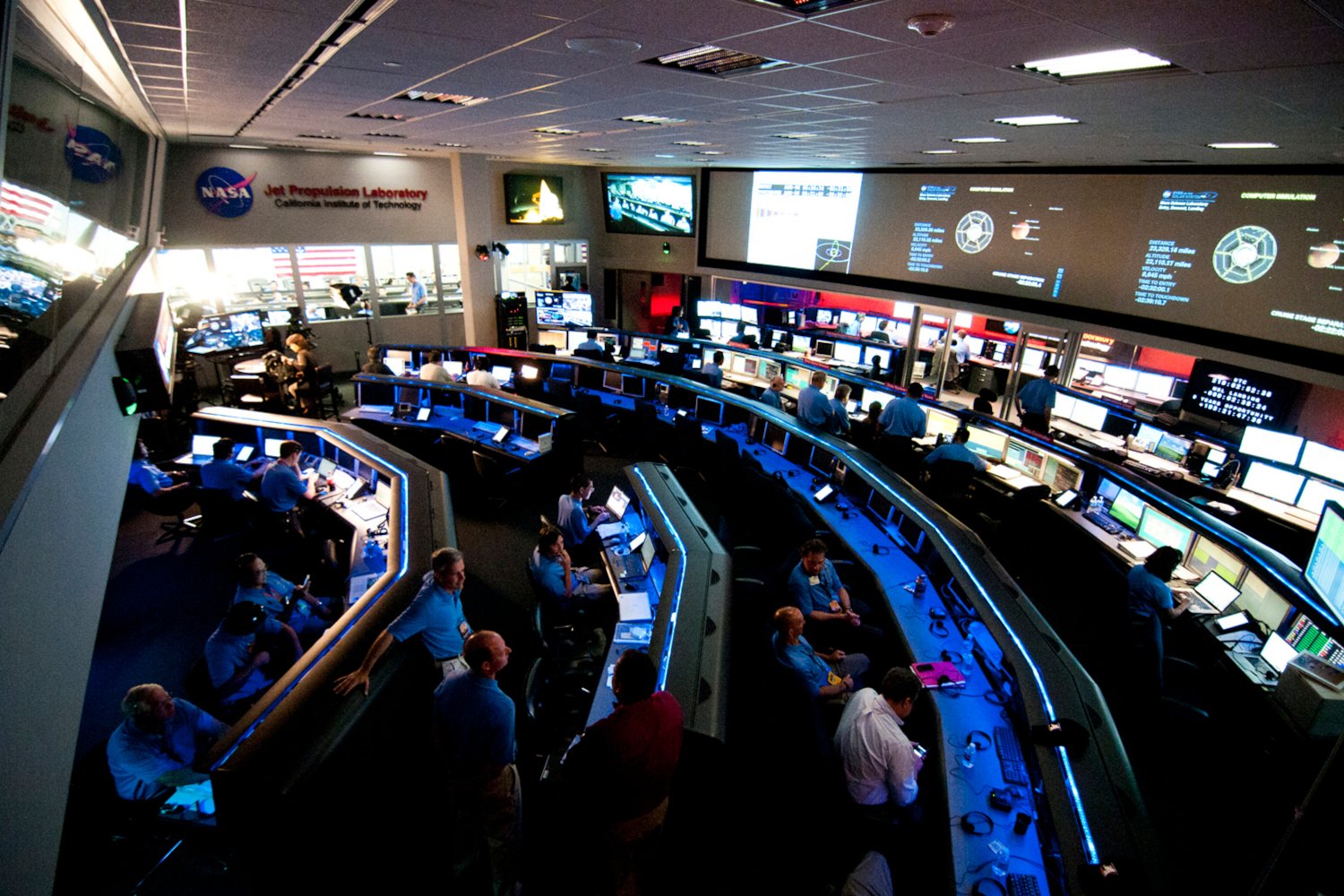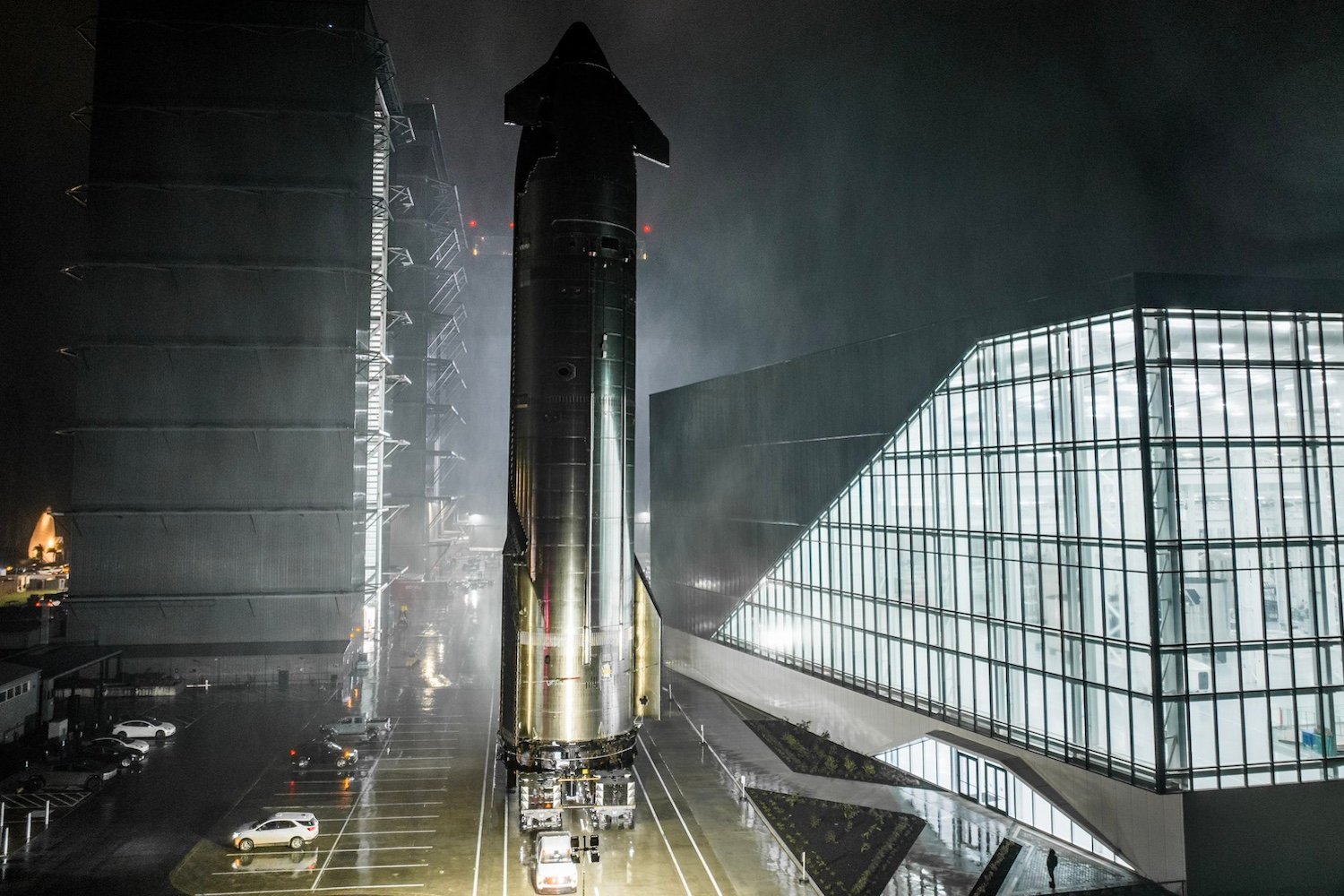The carbon that makes up 18% of our bodies originates in the fiery cores of stars. However, new research suggests this essential element may take a remarkable detour through the outer reaches of our galaxy, and possibly even intergalactic space, before arriving on Earth. This journey involves “cosmic conveyor belts” that transport carbon through the circumgalactic medium, a vast halo of gas surrounding galaxies.
This recent study, published in The Astrophysical Journal Letters, sheds light on the circumgalactic medium’s role as a reservoir for carbon and other materials. This medium transports carbon far from the galaxy’s center before recycling it back into star-forming regions. This process contributes to the formation of planets, moons, new stars, and other celestial bodies, offering valuable insights into galactic evolution.
The existence of the circumgalactic medium was confirmed in 2011, initially described as a circulating cloud around star-forming galaxies like the Milky Way, responsible for recycling hot, oxygen-rich gases. This new research expands our understanding, demonstrating that cooler materials, including carbon, also utilize this “cosmic conveyor belt.”
“We now confirm that the circumgalactic medium acts as a massive reservoir for both carbon and oxygen,” explains Samantha Garza, an astronomer at the University of Washington and a participant in the study. “In star-forming galaxies, we propose that this material falls back onto the galaxy, continuing the recycling process.” This recycling is crucial for the formation of new celestial bodies, and the carbon cycle is fundamental to life as we know it.
Garza illustrates the process, saying, “Think of the circumgalactic medium as a giant train station: constantly pushing material out and pulling it back in. Heavy elements forged in stars are expelled into the circumgalactic medium during supernova explosions. Eventually, this material is drawn back in, fueling the ongoing cycle of star and planet formation.”
Utilizing the Hubble Space Telescope’s Cosmic Origins Spectrograph, Garza and her colleagues investigated how the circumgalactic medium of 11 star-forming galaxies interacts with nine distant quasars (extremely luminous galactic cores). Their analysis revealed that the quasars’ light is partially absorbed by substantial amounts of carbon within the circumgalactic medium. In some instances, this carbon was transported almost 400,000 light-years beyond its original galaxy – a distance four times the diameter of the Milky Way.
“The implications for galactic evolution and the availability of carbon for new star formation are exciting,” says Jessica Werk, a co-author of the study, also from the University of Washington. “The carbon in our bodies likely spent a significant amount of time outside the galaxy!”
Further research aims to explore how the circumgalactic medium’s material transport influences a galaxy’s star formation rate. One hypothesis suggests that a decrease or cessation of this cosmic recycling process could contribute to a decline in a galaxy’s star population.
“Maintaining the cycle—pushing material out and pulling it back in—theoretically provides sufficient fuel for continuous star formation,” Garza explains.
So, while you might wish for more travel time, take comfort in knowing that the carbon atoms within you have already experienced an incredible intergalactic voyage.



